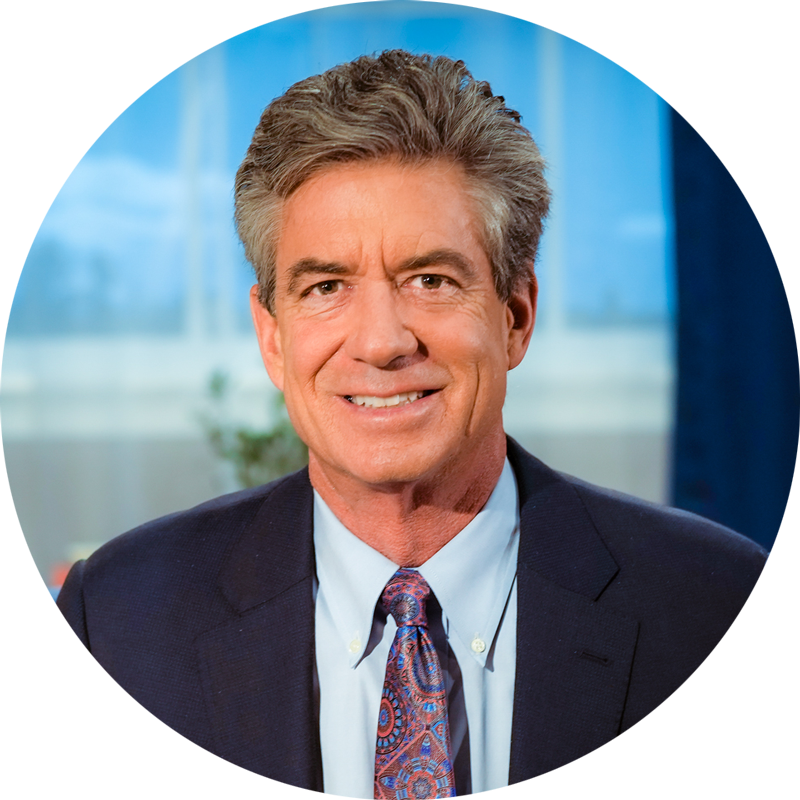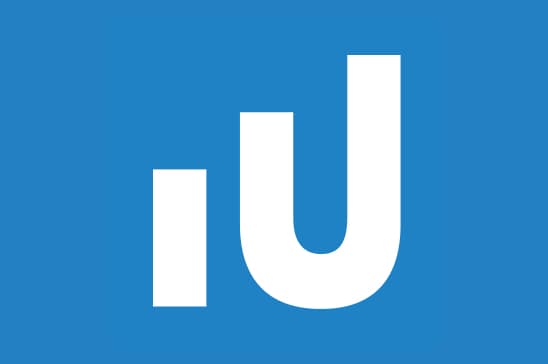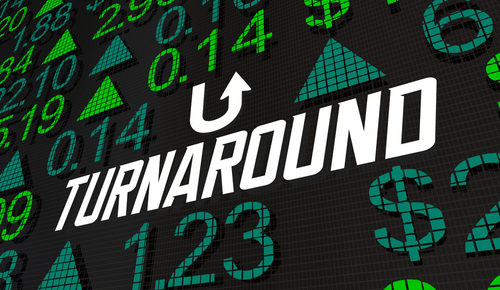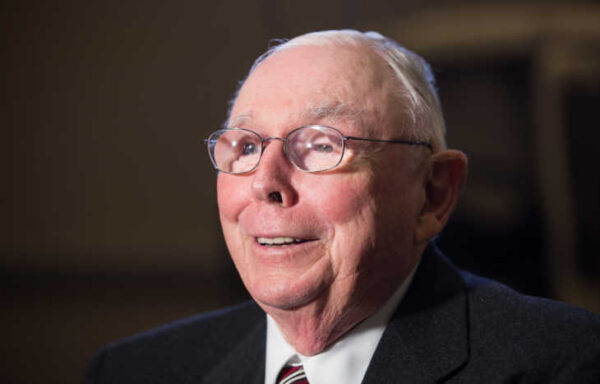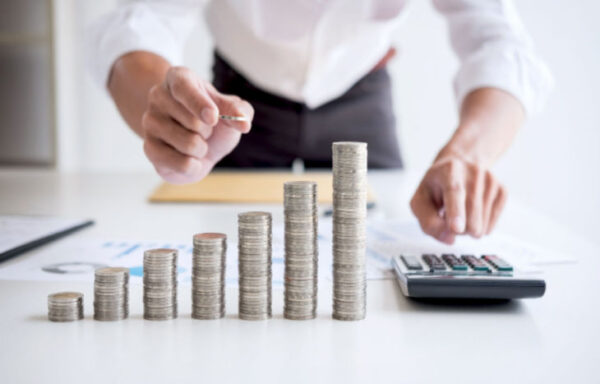The Perfect Contrarian Indicator Pays Off… Yet Again
- One economist’s consistently flawed predictions serve as a nearly perfect contrarian indicator.
- Today, Alexander Green explains why this man’s coronavirus predictions are paying off yet again.
The market’s historic bounce off the March 23 bottom has gone on longer and driven share prices higher than most investors expected.
(But not us. I issued a Portfolio Update to my Oxford Communiqué subscribers on March 24 with the headline “It’s Time to Load Up Again.”)
Indeed, the Nasdaq hit a new high for the year last week.
This has left many economists, analysts and other financial “experts” scratching their heads, insisting that the rebound makes no sense.
Wrong.
The stock market reflects the best estimates of millions of rational, self-interested investors about what lies ahead for the economy and corporate profits.
The real problem is that these so-called experts don’t know what they don’t know.
Chief among these is economist and New York Times columnist Paul Krugman.
As I’ve told readers for years, he is “the ultimate contrarian indicator.”
And Krugman has served us well, reliably boosting our investment returns since we treat his predictions and prescriptions as if they are stupendously wrong.
As they generally are:
- Krugman predicted in 1998 that “The growth of the Internet will slow drastically… By 2005 or so, it will become clear that the Internet’s impact on the economy has been no greater than the fax machine’s.”
- He advised then-Federal Reserve Chairman Alan Greenspan “to create a housing bubble to replace the Nasdaq bubble.” (He did, and it led to a financial crisis and the Great Recession.)
- He called the U.S. “just a bystander” in global energy only months before the country surpassed Russia to become the world’s biggest oil and gas producer.
- He has spent his career praising Europe’s superior economic model, the same model that created decades of anemic growth, high unemployment, meager stock market returns and – a special treat for European savers – negative interest rates.
- The night the 2016 election results came in, he wrote: “It really does now look like President Donald J. Trump, and markets are plunging. When might we expect them to recover? … A first-pass answer is never… We are very probably looking at a global recession, with no end in sight.”
- Over the last three years – during the nation’s record-long economic expansion, record-low unemployment and a record-length bull market – he regularly opined that the U.S. economy wasn’t all that hot and the Trump boom “such as it was” is over.
Wrong. Every. Single. Time.
With the advent of the coronavirus and the ensuing government economic lockdown, however, his wish finally came true.
The stock market crashed. Businesses shut down. And as investors looked around for some positive signal, some sign of hope, he dumped ice water on them.
Although the severity of the economic contraction was already obvious to everyone, Krugman piled on the negativity in his late March and early April columns:
- “We’re facing an incredible economic catastrophe.”
- “We aren’t facing a conventional recession… We’re going into the economic equivalent of a medically induced coma… We’ll have a conventional recession on top of the induced coma.”
- “Anyone expecting a V-shaped economic recovery… is likely to be sorely disappointed.”
To Krugman’s astonishment – and the delight of investors like us who used the sell-off to buy beaten down stocks – a rapid, V-shaped recovery is exactly what the market is pricing in.
Is the New York Times columnist embarrassed, ashamed, apologetic?
Hardly. This is a man who refers to himself – as Monty Python surely would – as “Krugtron the Invincible.”
“Whenever you consider the economic implications of stock prices,” he wrote as the market soared in defiance of his predictions, “you want to remember three rules: First, the stock market is not the economy. Second, the stock market is not the economy. Third, the stock market is not the economy.”
That’s right, Paul.
The stock market is not the economy. It’s a leading indicator that reveals not what the economy is doing now but what it is likely to do six or nine months out.
And what the market is saying loud and clear is that Krugman’s abject pessimism about the recovery ahead is unwarranted.
Investors have picked up on a few key points that crossed Krugman’s head at 30,000 feet:
- Economies here and abroad are reopening.
- Millions of scientists and researchers are working with unprecedented speed on a successful therapy and vaccine – and we will have them sooner than many expect.
- The lethality of COVID-19 is far less than originally believed. Coming out of China, some medical experts estimated that the mortality rate was as high as 5%. We now know it is closer to 0.5% and perhaps as low as 0.1%.
- People are itching to get back to working, meeting, shopping, traveling, dining out and living normal lives.
A couple years from now we will all look back at this pandemic and say, “That was terrible. Let’s be grateful it’s behind us now.”
In short, investors understand that while we are experiencing the greatest spike in joblessness in history and the worst economic contraction since the Great Depression, the worst economic news is now behind us. Not ahead of us.
When Paul Krugman finally recognizes this and turns bullish, it may be time to take profits.
I’ll keep you posted.
About Alexander Green
Alexander Green is the Chief Investment Strategist of The Oxford Club, the world’s largest financial fellowship. For 16 years, Alex worked as an investment advisor, research analyst and portfolio manager on Wall Street. After developing his extensive knowledge and achieving financial independence, he retired at the age of 43.
Since then, he has been living “the second half of his life.” He runs The Oxford Communiqué, one of the most highly regarded publications in the industry. He also operates three fast-paced trading services: The Momentum Alert, The Insider Alert and Oxford Microcap Trader. In addition, he writes for Liberty Through Wealth, a free daily e-letter focused on financial freedom.
Alex is also the author of four New York Times bestselling books: The Gone Fishin’ Portfolio: Get Wise, Get Wealthy… and Get On With Your Life; The Secret of Shelter Island: Money and What Matters; Beyond Wealth: The Road Map to a Rich Life; and An Embarrassment of Riches: Tapping Into the World’s Greatest Legacy of Wealth.


